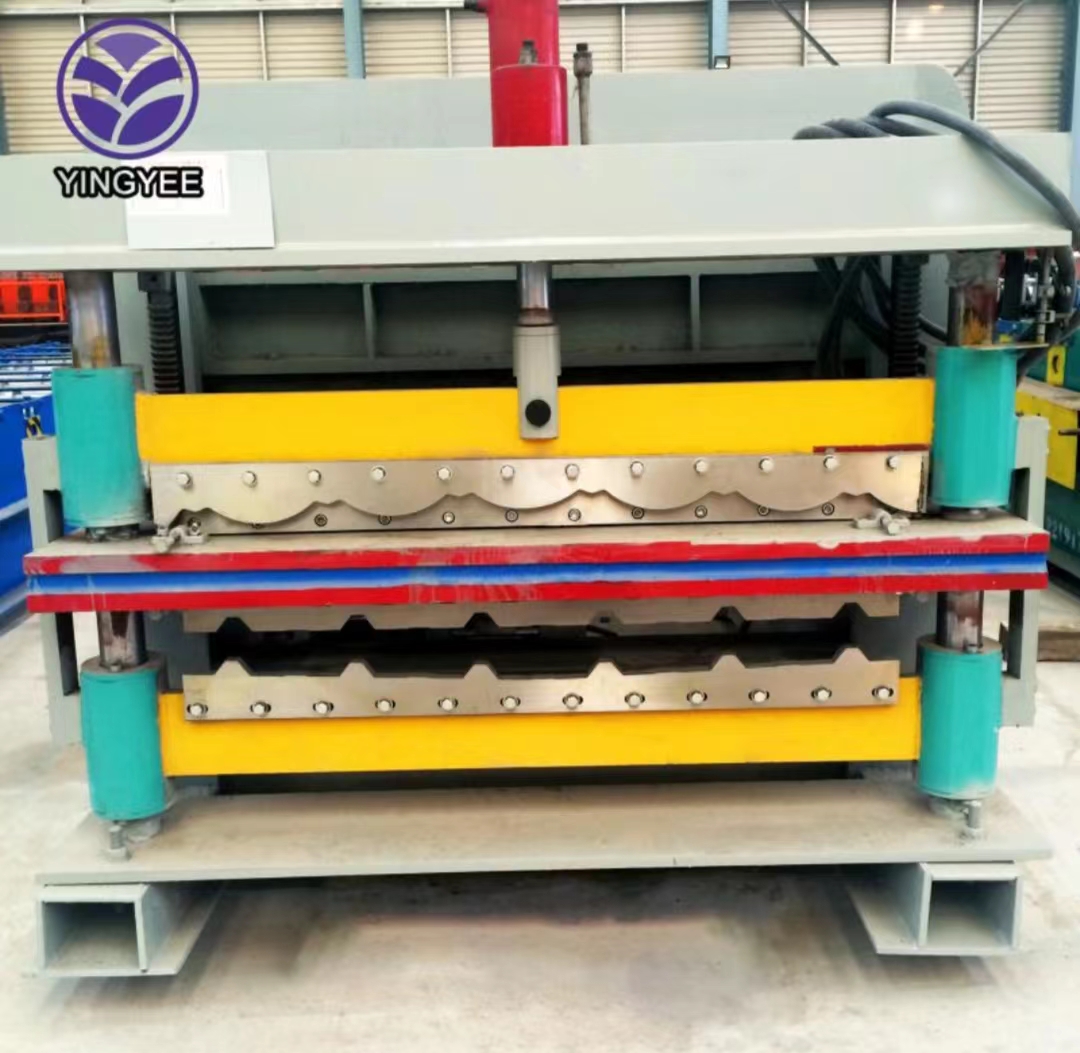
Understanding PLC Adjustments in C and Z Purlin Machines
In the realm of modern manufacturing, automation has transformed traditional processes, enhancing efficiency and precision. One notable advance in this field is the use of Programmable Logic Controllers (PLCs) in machinery, specifically in C and Z purlin machines. These machines play a crucial role in structural steel applications, producing profiles that are essential for the construction industry.
The Role of PLC in Purlin Machines
A purlin machine is designed to shear, punch, and form metal sheets into C or Z-shaped profiles. The integration of PLC technology allows for programmable operations, optimizing the production process. PLCs are robust, industrial-grade computers that control various mechanical operations in a system, enabling precise adjustments in real-time.
Key Adjustments for Size Variation
One of the essential features of a PLC-controlled C and Z purlin machine is its ability to adjust the size of the profiles it produces. These machines can be programmed to handle different dimensions, which is particularly useful in construction projects that require specific measurements for structural integrity.
The size adjustment process involves modifying parameters such as the width, depth, and flange dimensions of the purlins. Using a user-friendly interface, operators can input the required specifications. The PLC then interprets these inputs and coordinates the machine's actions, ensuring that the correct dimensions are achieved consistently.

Benefits of PLC Size Adjustments
1. Increased Flexibility The primary advantage of using PLCs for size adjustments is the ability to adapt to varying project requirements without significant downtime. Whether producing short runs of custom sizes or large batches of standard profiles, PLCs enable quick reconfiguration.
2. Enhanced Accuracy Manual adjustments can often lead to errors, especially in high-speed environments. PLCs rely on precise programming and feedback systems that help maintain accuracy throughout production. This automation minimizes the likelihood of human error, ensuring that each profile meets the specified standards.
3. Time Efficiency Traditional methods of adjusting machine settings can be time-consuming. With a PLC, operators can save time during setup and changeover processes. This efficiency contributes to shorter lead times and greater overall productivity.
4. Data Collection and Analysis PLCs can also log operational data, including production output and machine performance. This information can be analyzed to identify trends, allowing for continuous improvement in processes and inventory management.
Conclusion
In conclusion, PLCs have revolutionized the operation of C and Z purlin machines by making them more versatile and efficient. The ability to adjust the size of the profiles with accuracy and speed not only enhances productivity but also supports the broader goals of modern manufacturing—reducing waste and improving quality. As the construction industry continues to evolve, the integration of advanced technologies like PLCs will undoubtedly play a critical role in meeting emerging challenges and demands. Whether you are involved in producing structural components or managing manufacturing operations, understanding the capabilities and benefits of PLC in purlin machinery is crucial for staying competitive in today’s market.